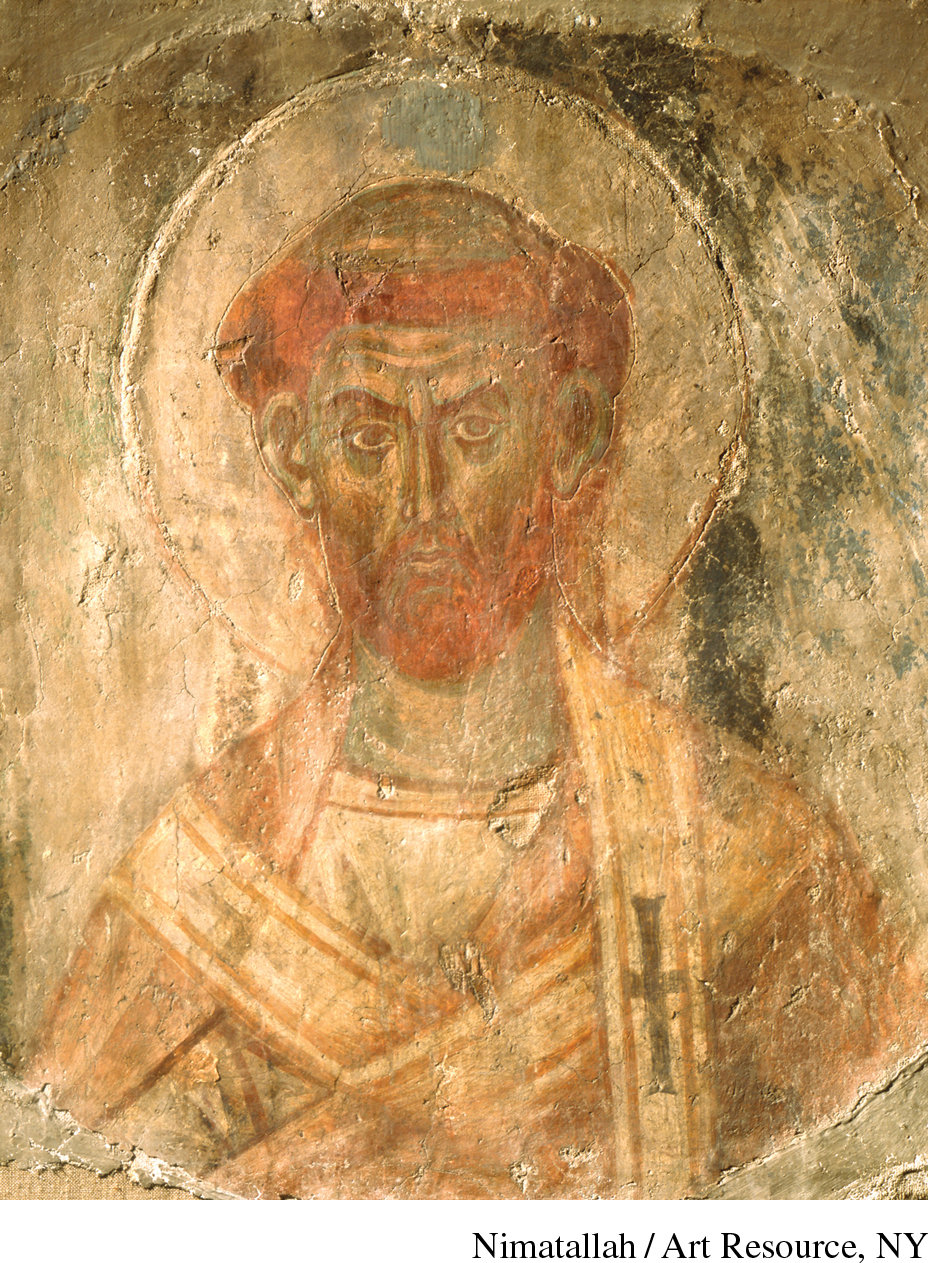The Weakening of the Papacy
The Weakening of the Papacy
In contrast with England, representative institutions developed in France out of the conflict between Pope Boniface VIII (r. 1294–1303) and King Philip IV (r. 1285–1314), known as Philip the Fair. At the time, this confrontation seemed to be just one more episode in the ongoing struggle between medieval popes and secular rulers for power and authority. Throughout the thirteenth century, the papacy confidently asserted its prerogatives. In fact, however, kings were gradually gaining ground. The conflict between Boniface and Philip signaled the turning point, when royal power trumped papal power.
The conflict began over taxation. Traditionally, clerics were not taxed except in the case of religious wars. But Philip the Fair and the English king Edward I both financed their wars (mainly against one another) by taxing the clergy along with everyone else. The new principle of national sovereignty that they were claiming led them to assert jurisdiction over all people who lived within their borders, even churchmen. For the pope, however, the principle at stake was his role as head of the clergy. Thus, Pope Boniface VIII declared that only the pope could authorize taxes on clerics. Threatening to excommunicate kings who taxed churchmen without papal permission, he called on clerics to disobey any such royal orders.

Edward and Philip reacted swiftly. Taking advantage of the role English courts played in protecting the peace, Edward declared that all clerics who refused to pay his taxes would be considered outlaws—that is, “outside the law.” Clergymen who were robbed, for example, would have no recourse against their attackers; if accused of crimes, they would have no defense in court. Relying on a different strategy, Philip forbade the exportation of precious metals, money, or jewels—effectively sealing the French borders. Immediately, the English clergy cried out for legal protection, while the papacy itself cried out for the revenues it had long enjoyed from French pilgrims, litigants, and travelers. Boniface was forced to back down, conceding in 1297 that kings had the right to tax their clergy in emergencies.
But this concession did not end the confrontation. In 1301, Philip the Fair tested his jurisdiction in southern France by arresting Bernard Saisset, the bishop of Pamiers, on a charge of treason for slandering the king by comparing him to an owl. Saisset’s imprisonment violated the principle, maintained both by the pope and by French law, that a clergyman was not subject to lay justice. Pope Boniface reacted angrily, and King Philip seized the opportunity to deride and humiliate him, orchestrating a public relations campaign against Boniface. Philip convened representatives of the clergy, nobles, and townspeople to explain, justify, and propagandize his position. This new assembly, which met in 1302, was the ancestor of the French representative institution, the Estates General. The pope’s reply, the bull* Unam Sanctam (1302), intensified the situation to fever pitch by declaring bluntly that “it is altogether necessary to salvation for every human creature to be subject to the Roman Pontiff.” At meetings of the king’s inner circle, Philip’s agents declared Boniface a false pope, accusing him of sexual perversion, various crimes, and heresy.
In 1303, French royal agents, acting on Philip’s orders, invaded Boniface’s palace at Anagni (southeast of Rome) to capture the pope, bring him to France, and try him. Fearing for the pope’s life, the people of Anagni joined forces and drove the French agents out of town. Yet even after such public support for the pope, the king made his power felt. Boniface died very shortly thereafter, and the next two popes quickly pardoned Philip and his agents for their actions.
Just as Frederick II’s failure revealed the weakness of the empire, so Boniface’s humiliation demonstrated the limits of papal control. The two powers that claimed “universal” authority had very little weight in the face of new, limited, but tightly controlled national states such as France and England. After 1303, popes continued to denounce kings and emperors, but their words had less and less impact. Against newly powerful medieval states—sustained by vast revenues, judicial apparatuses, representative institutions, and even the loyalty of churchmen—the papacy could make little headway. The delicate balance between church and state, reflecting a sense of universal order and harmony and a hallmark of the reign of St. Louis, broke down at the end of the thirteenth century.
The papacy’s weakness was dramatically demonstrated by its move to Avignon. In 1309, forced from Rome by civil strife, the papacy settled in this city close to France. Here it remained until 1378, and thus the period 1309–1378 is called the Avignon papacy. Europeans ashamed that the pope lived so far from Rome called it the Babylonian captivity. They were thinking of the Old Testament story of the Hebrews captured and brought into slavery in ancient Babylon.*
The Avignon popes, many of them French, established a sober and efficient organization that took in regular revenues and gave the papacy more say than ever before in the appointment of churchmen. Slowly, they abandoned the idea of leading all of Christendom, tacitly recognizing the growing power of the secular states to regulate their internal affairs.